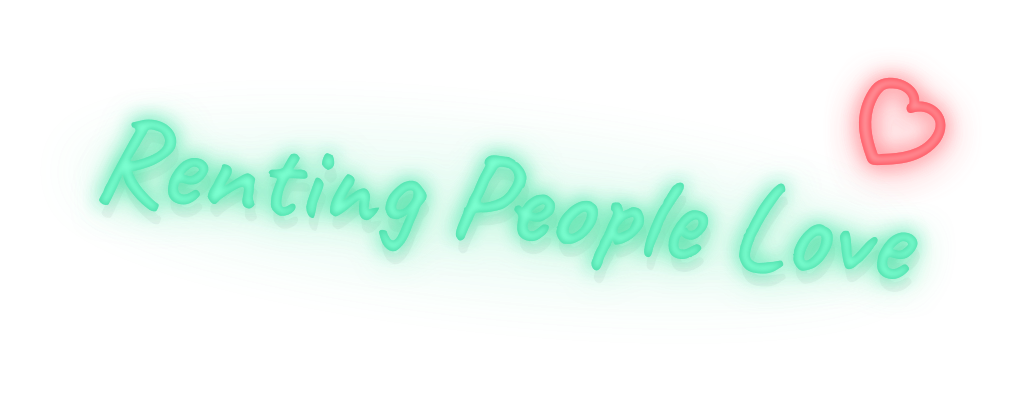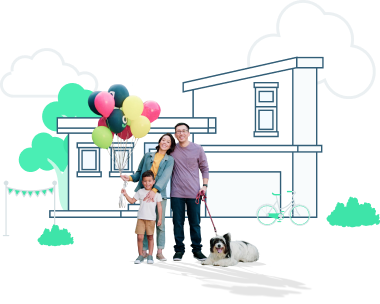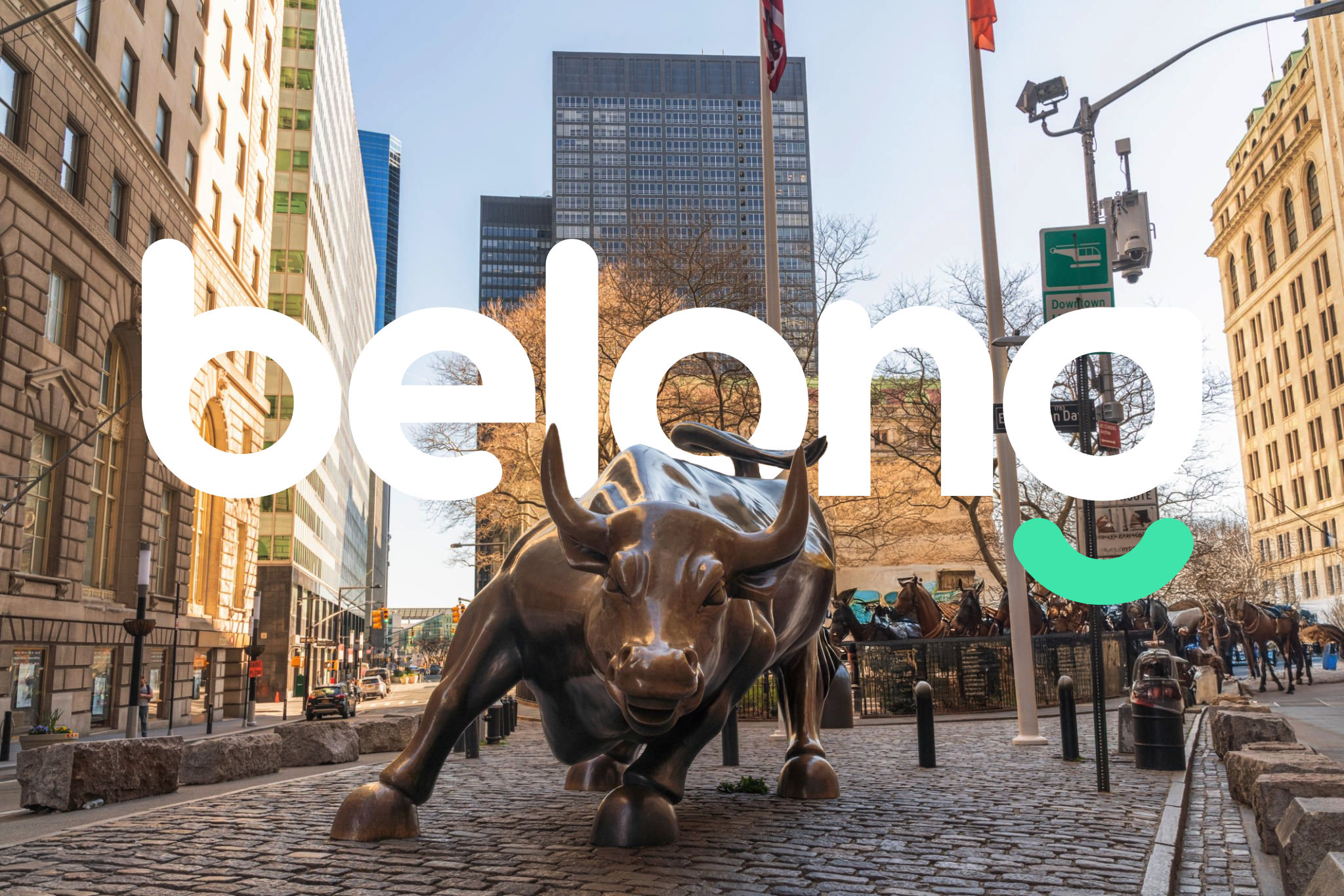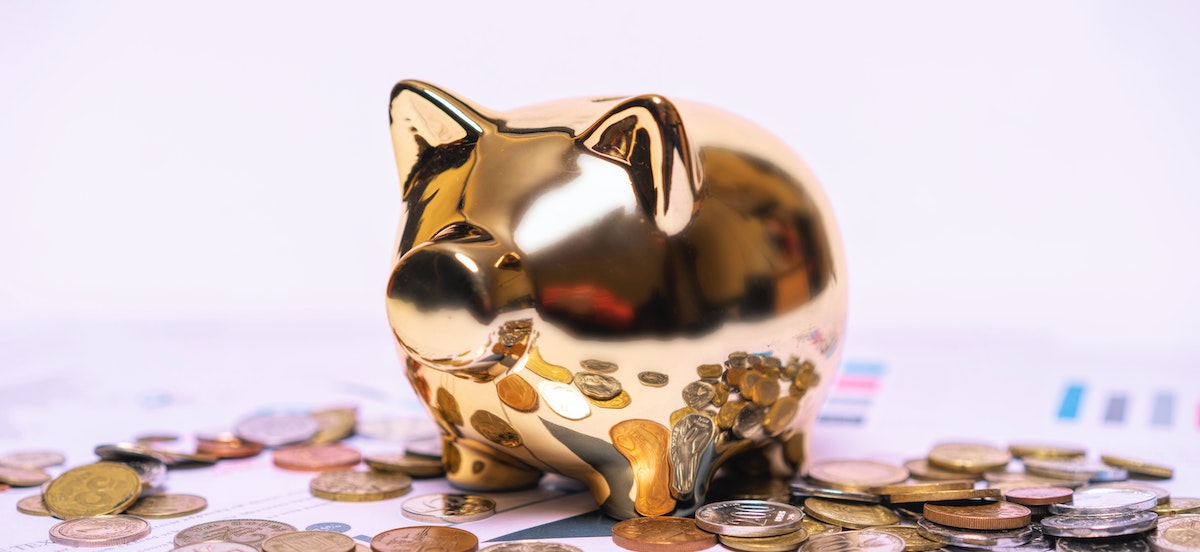Real Estate Investing
Your Investment Property Is Negative Cash Flow. Should You Hold or Sell?
Last Updated Aug 31, 2022


What to do with an investment property that’s negative cashflow.
Is your rental property starting to feel more like an expense than a lucrative investment? Maybe your rental home is barely breaking even, and you’re not able to cover your costs in rent. You might even be losing hundreds of dollars a month, struggling to keep up with mortgage, property tax, and maintenance bills you can’t afford.
What should you do? Do you hold onto the property, or sell right away?
At first, this question might sound counterintuitive. Why would anyone hold a negative cashflow asset? Isn’t the whole point of an investment to make money?
Well, yes — and often, that does mean selling is the right thing to do. But property is a little different from other types of investments. There are situations where holding a negative cashflow property can be the right decision, but it depends on many different factors.
Today, let’s explore why your home could be negative cashflow, strategies to get it profitable again, and reasons you might choose to hold or sell.
Why is your home cashflow negative?
First of all, let’s clarify why you’re losing money on the property.
There are many possible reasons your property could be cashflow negative. But generally, this situation arises either by accident, or as a strategic, calculated decision.
Planned negative cashflow
You might be surprised to learn that many people buy property knowing it won’t turn a profit — at least not right away.
This is a common property investment strategy called negative gearing. When owners buy a property they know won’t cover its own costs, they’re betting that eventually, the home will rise in value enough to turn a profit. That could happen by commanding a higher rent, or from the proceeds of a sale.
Obviously, negative gearing is a higher-risk investment strategy than buying a profitable home. But that doesn’t mean it’s never a wise decision.
Negative gearing is more common in super-hot housing markets, like large urban centers. In these settings, prices might be high and down payments low — but buyers can be more certain that their home’s value will continue to rise.
The costs associated with the property might reduce the owner’s total tax burden, because they’re counted against other income.
Unexpected negative cashflow
However, often the owner of a negative cashflow property did not plan for their situation. They were seeking out another income stream, only to find themselves losing money.
Property investing is complex — it’s easy for buyers, especially novices, to overestimate how much they’ll be able to earn. Plus, homeownership is full of unexpected expenses that can eat into cashflow.
Investors might not realize how expensive repairs and maintenance can be. They might be out of touch with market rents in their area, leading them to lose money on a rent that’s too low, or on a vacancy, if they set it unrealistically high.
When buying a rental property, buyers can’t just assume that they’ll make money by renting out their home. They need to run the number and do an actual analysis, ideally with a property accountant and an expert on their local market.
Making your rental home profitable
Losing money on an investment is scary. But a negative cashflow property isn’t the end of the world.
If you want to get your property out of the red, first you need to analyze where your income and expenses stand now. Then you have two options — reduce what you’re spending on the property, or find ways to charge more.
Cashflow analysis
No matter what, start by performing (or revisiting) your comprehensive cashflow analysis.
You can’t make your home profitable until you actually understand what you’re currently spending, and what the realities of your local rental market might allow you to charge. That includes the cost of holding the property right now, and a nuanced understanding of your local market.
If you didn’t complete a cashflow analysis when buying your home, now is the time to contact an accountant and get started. If you did run the numbers, but you’re still losing money, come back to the analysis with expert assistance to identify where the problem is.
Decrease your costs
Owning a property comes with three major kinds of expenses — property tax, your mortgage payment, and maintenance or repairs. Here are a few ways to get the monthly cost of each down.
- Reduce maintenance fees by finding reliable, better-priced contractors. Or, try finding a management company (or modern alternative like Belong) that can do so for you
- Make sure you’re taking advantage of tax breaks to reduce what you owe. Work with your accountant to audit and optimize how you file taxes
- If possible, renegotiate your mortgage. For example, maybe interest rates are down, or a longer tenure could reduce your costs
Increase rental income
After reducing costs, look at ways to increase what you can charge for your property. Here are a few ideas.
- If your cashflow analysis revealed that you’re charging below market, raise what you charge in rent
- If there’s demand for short-term rentals in your area, try listing on a site like Airbnb instead of looking for long-term residents
- Raise the value of your home by renovating. This could allow you to charge at the higher end of your local market rate
- Rent out any spaces, like a parking spot or a garage that current tenants aren’t using
The final decision — hold or sell?
Holding a negative cashflow property only makes sense if you believe the home will become profitable — and you can afford to hold it until it does. Deciding if negative gearing is right for you means assessing both your personal financial situation, and the realities of your home and market. Just like so many other choices in property investing, it’s a highly individual choice with no hard-and-fast rules.
Maybe your personal circumstances have changed, such as through a job loss or unforeseen expenses. If you can’t afford the extra costs on the property, it doesn’t matter whether or not they could pay off in the end.
Or maybe the property itself has issues you can’t fix. If the home is in an undesirable location, a weak rental market, or has serious maintenance-related problems, it could be that no amount of waiting or renovation will make it profitable.
Only you can decide when owning a negative cashflow property isn’t working — but we still recommend taking advantage of some expert advice. If you need some guidance on how to manage your rental home, reach out and book a consultation with us at Belong.
About The Author
Afton Brazzoni
Afton Brazzoni has been a storyteller since childhood, when she wrote her first "book" about horses in a hardcover notebook—in pencil. Now with nearly 14 years of experience as a professional writer, her work has been featured in numerous publications across North America and Europe. As a former reporter, Afton takes a journalistic approach to creating original, expert-level content.




